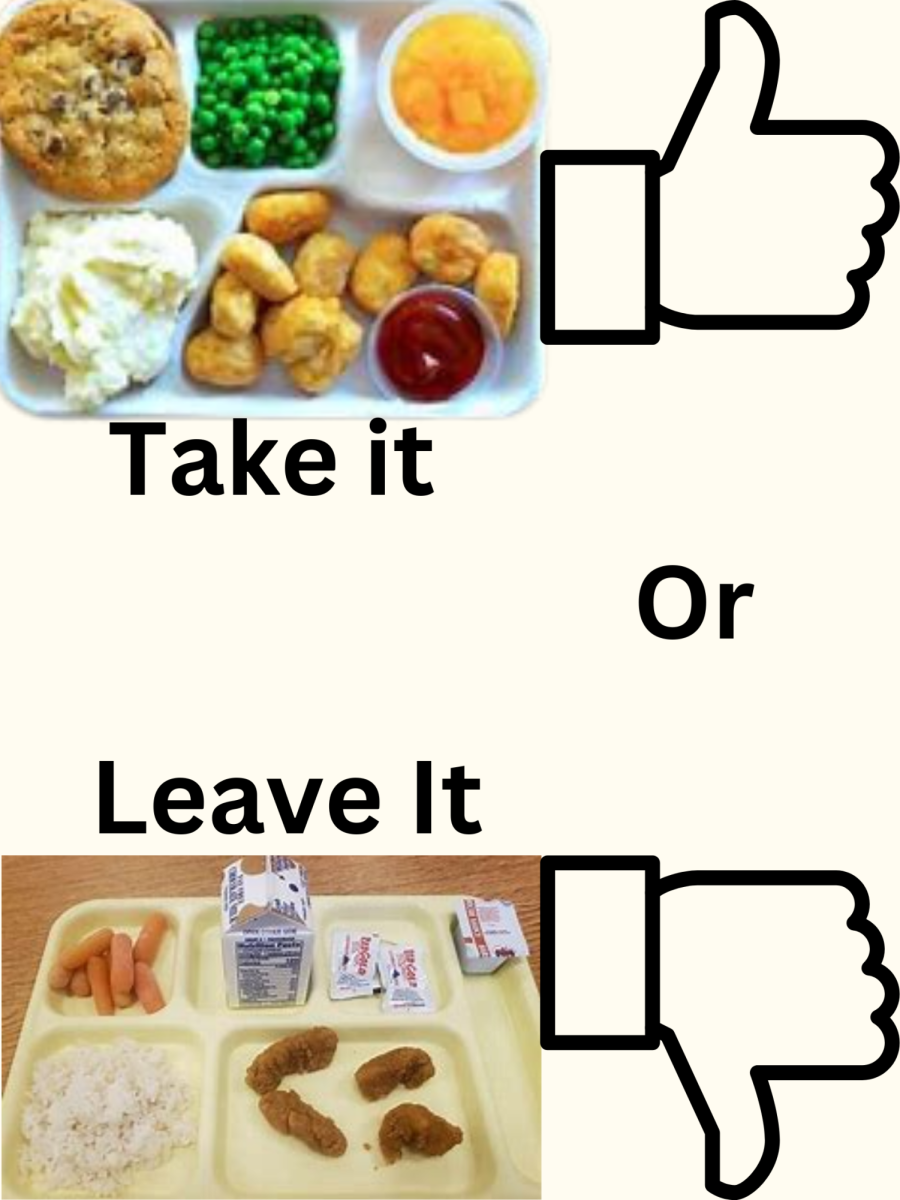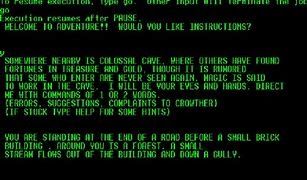School lunch has always been a hot topic among students, with opinions ranging from absolute disgust to unexpected appreciation. While many assume that most students dislike cafeteria food, what do they truly think about the meals served every day?
School meals play an integral role in improving children’s diets by ensuring they consume all necessary food groups. Students are provided with milk daily and juice every other day. Each meal typically includes a protein (such as meat), and students are required to have a fruit or vegetable on their tray. For those with dietary restrictions, vegetarian options like PB&J with two sides are available. However, students with multiple dietary restrictions or allergies may still struggle to find suitable options.
“The quality and macronutrient content aren’t great—it could definitely be better,” said Zuri Moore (11). “When I was a vegetarian, there were barely any good options for me. If you’re gluten-free, there’s almost nothing available. And if you’re watching your calorie intake or trying to get enough protein, there aren’t many good choices either.”
While some students appreciate the variety of meal options, the menu tends to repeat itself frequently. Nutritional value also fluctuates, with some days offering fewer healthy choices. Additionally, the cafeteria features an à la carte section stocked with less nutritious snacks, which many students prefer. School lunch regulations changed significantly in 2010 when First Lady Michelle Obama introduced the Healthy, Hunger-Free Kids Act (HHFKA) to combat childhood obesity and promote healthier eating habits.
“Most of the time, the meals are adequate, but sometimes they’re really good. My favorite option at our school is the chicken alfredo,” said Christine Lise (11). “That being said, I think the school could improve the lunch experience by providing more options and bigger portions. Whether healthy or unhealthy, we just need more food.”
Although school lunch is free and offers a variety of meals, students who want additional food must purchase items from the à la carte section or buy a second lunch. This creates a challenge for those who need more sustenance but cannot afford to spend extra money.
“It costs money to buy extra food, and it really shouldn’t,” Lise (11) added. “I’m here for almost eight hours a day—why am I not eating until I’m full? School lunch should be bigger, and there should be more variety.”











